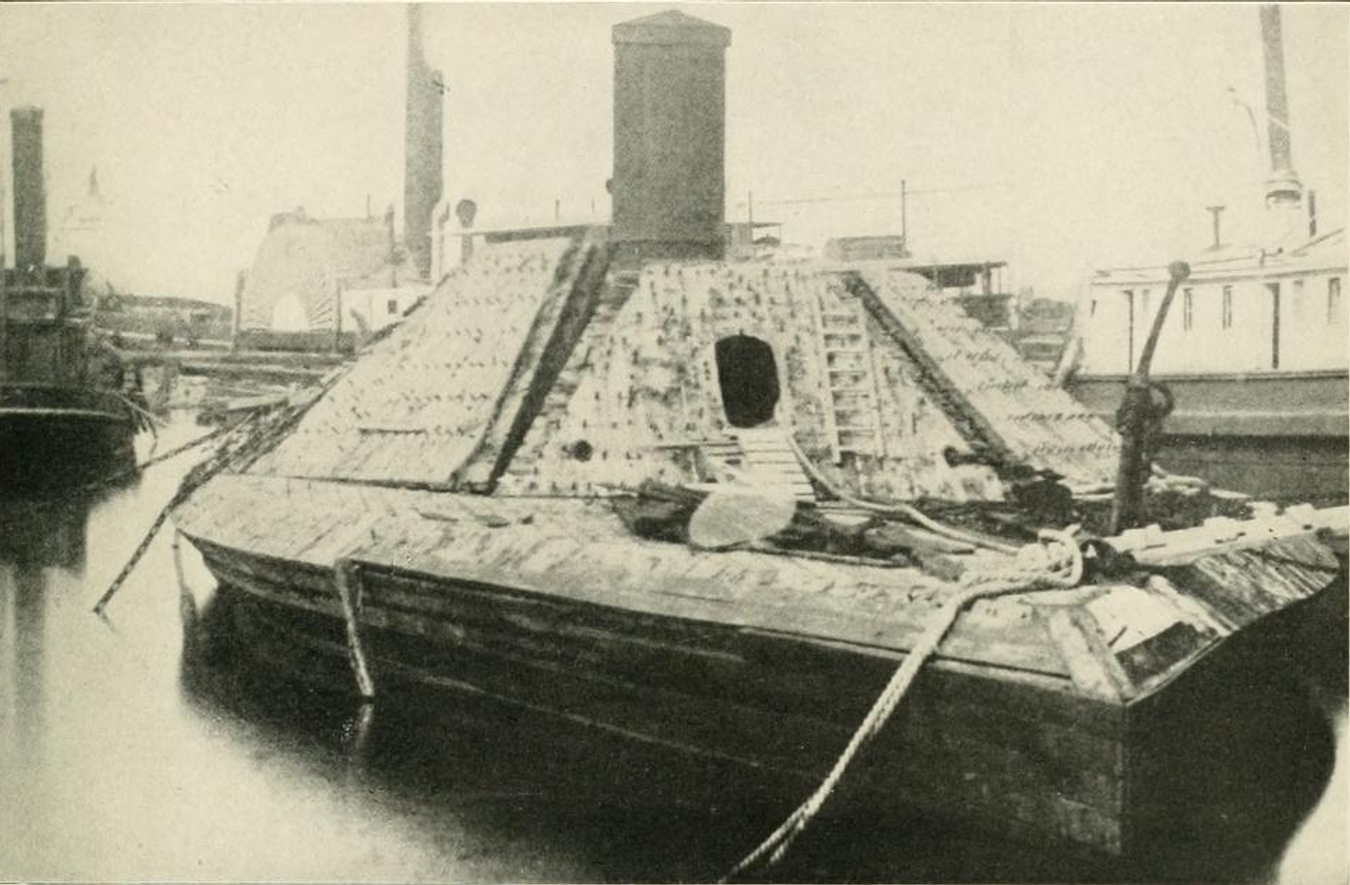Back in April a
new Confederate ironclad, the CSS Albemarle
had made a daring attack on the Union ships off Plymouth, North
Carolina, forcing them back and helping the infantry capture the
town. In early May the Confederates attempted to push forward and
capture New Bern. The first obstacle in the way of this plan was the
eight Union ships in Albermarle Sound under the command of Melancton
Smith.
 |
| The Alabama |
James
W. Cooke sailed the Albemarle
out
to attack the Federal gunboats on May 5, 150 years ago today. He was
accompanied by two unarmored gunboats, the
Bombshell
and
Cotton
Plant.
They
engaged four Union ships, the USS Miami,
Mattabesett, Sassacus and
Wyalusing, mounting
altogether
more than 60 cannon. The Albemarle began
the fight, her first fire hitting six men on the Mattabesett.
The Confederate then moved into
ram, as she had done in the previous fight. However the Mattabesett
was able to deftly avoid this
charge, and the Sassacus unleashed
a volley directly into the Albemarle's
side, but the balls just bounced off the Ironclad. When she turned
her fire to the Bombshell she
found a much easier target, and soon forced the unarmored gunboat to
surrender.
 |
| The Sassacus rams the Alabama |
Seeing
that his guns were useless against the Albermarle,
Lieutenant Commander Francis Roe of the Sassacus decided
to ram. She struck the Confederate vessel squarely, but instead of
punching a whole in her and sending her to the bottem, the ships
became twisted and entangled. Cooke ordered the Albermarle
to fire her guns, and at such a
close range it was impossible to miss. Two shells smashed through the
USS Sassacus, and one
of them smashed her boiler which send scalding steam through the
ship. The Sassacus
broke away and drifted out of the fight, unable to sail without her
boiler. The USS Miami continued
the fight, but was unable to catch the Albermarle in
a net or hit her with a spar torpedo. The CSS Albemarle had
sustained some damage in the fighting, and eventually went back up
the river to Plymouth. Although she had not gained a conclusive
victory, she was successful in disabling one ship, and engaging the
squadron without incurring serious damage. For months she controlled a
large section of the river, as the Federals were unwilling to risk
attacking her.


0 comments:
Post a Comment